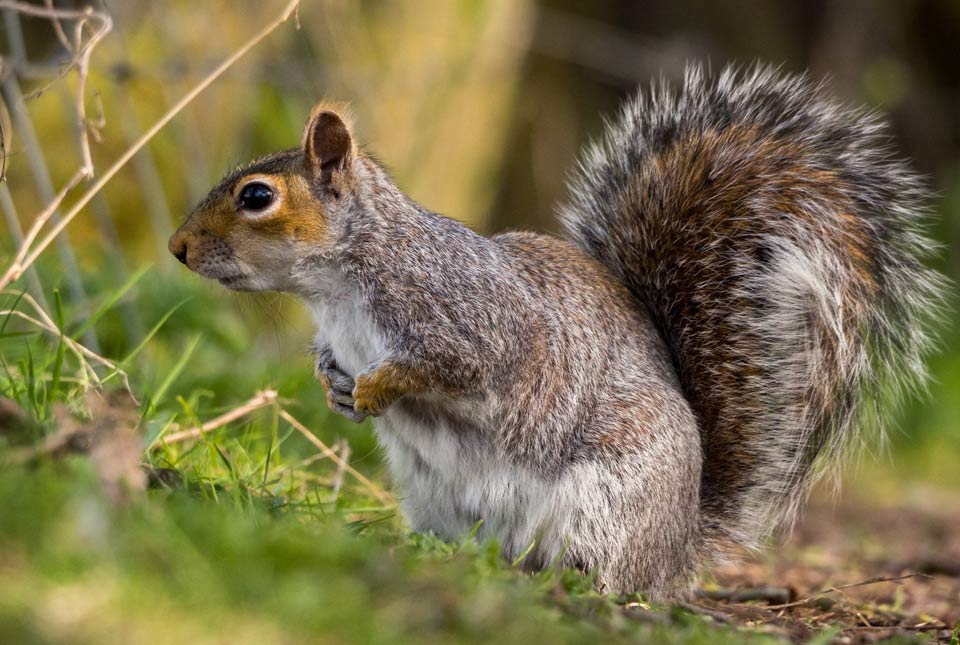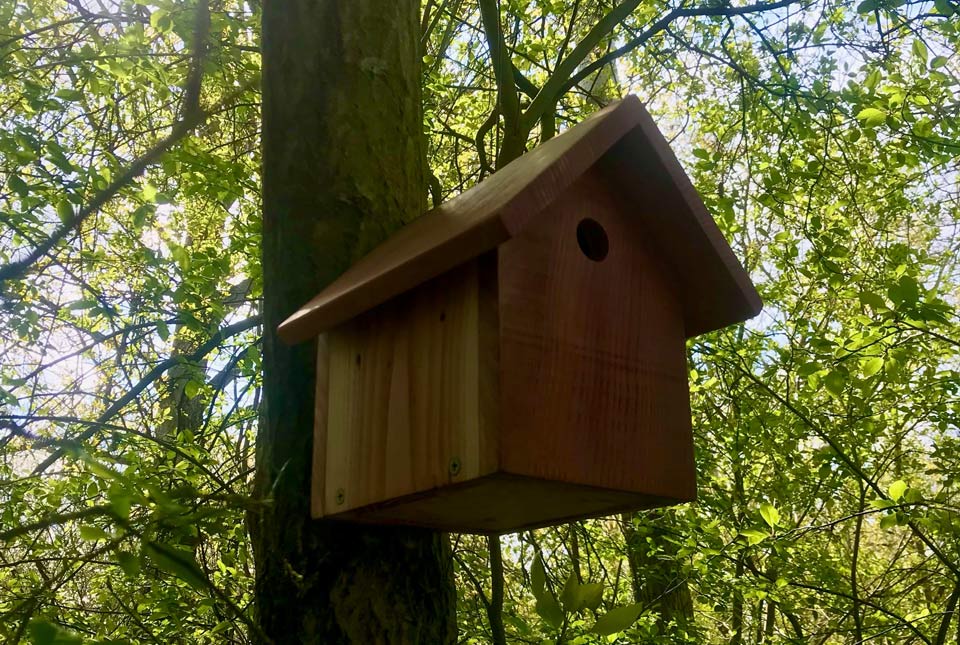International Day for Biological Diversity
At BGS we have a series of initiatives aimed at promoting various species of plants and animals on our sites.
22/05/2021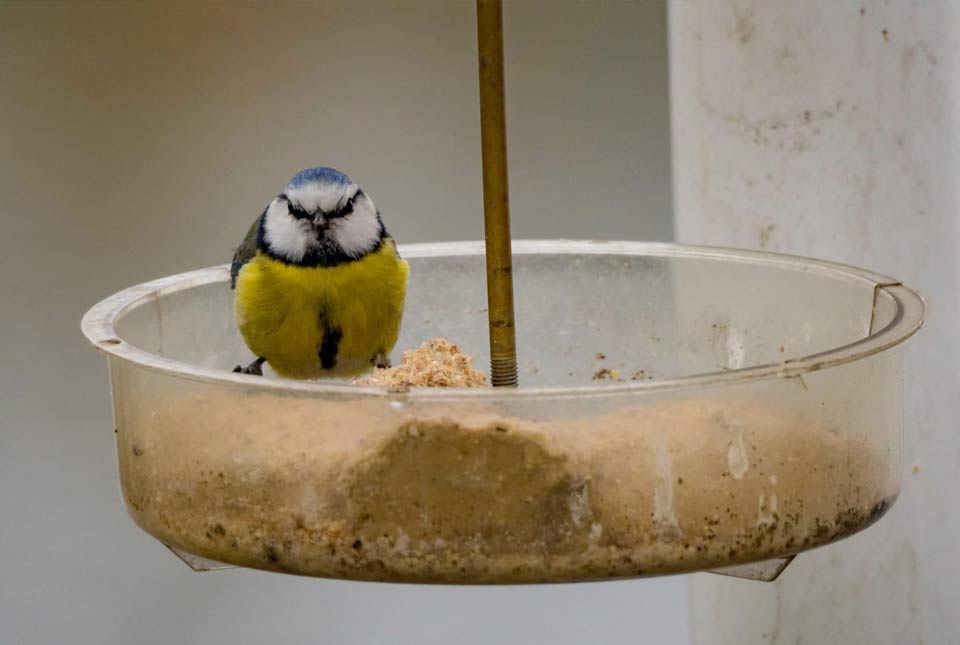
Today, 22 May 2021, is the International Day for Biological Diversity, an event initiated by the United Nations (UN) to increase understanding and awareness of biodiversity issues — a theme central to the UN’s development agenda as part of the Sustainable Development Goals.
At the BGS’s Keyworth site, we currently have a series of initiatives to promote various species of plants and animals and enhance both their amount and diversity. A small group of staff (the Wilding Group) have been working with our estates team and together have made huge progress.
Caretaker’s garden
Over the last few years we have been working on initiatives around site, including managing a former bramble patch that used to be the caretaker’s garden with a small pond. We chopped back about 90 per cent of the brambles to create some new habitats. The bramble (or blackberry) is good in small patches as it offers protection for nesting birds and for small animals; its flowers are a good source of nectar and the juicy black fruits are good food for birds and small mammals. The pond is a vital source of water for insects, birds and small mammals.
We have left areas of shrubby blackthorn, hawthorn and plum as small woodland in the caretaker’s garden. The trees are tightly packed, meaning there is plenty of shade and protection. In one small grassy area, restricted mowing has allowed spring flowers to pop up, including cowslips, bluebells, snowdrops and a beautiful patch of fritillaries. These spring flowers will soon give way to geranium, buttercup, daisies and dandelion.
A small area of the garden is centred on a magnificent white poplar; we have left a hedge of bramble and blackthorn and it provides a ‘secret’ garden for staff. This area currently has herb bennet, goose grass, nettle, chickweed, cow parsley and some three-cornered leek. In a few months, a long-forgotten Mirabelle plum will provide fruit for insects, birds and staff!
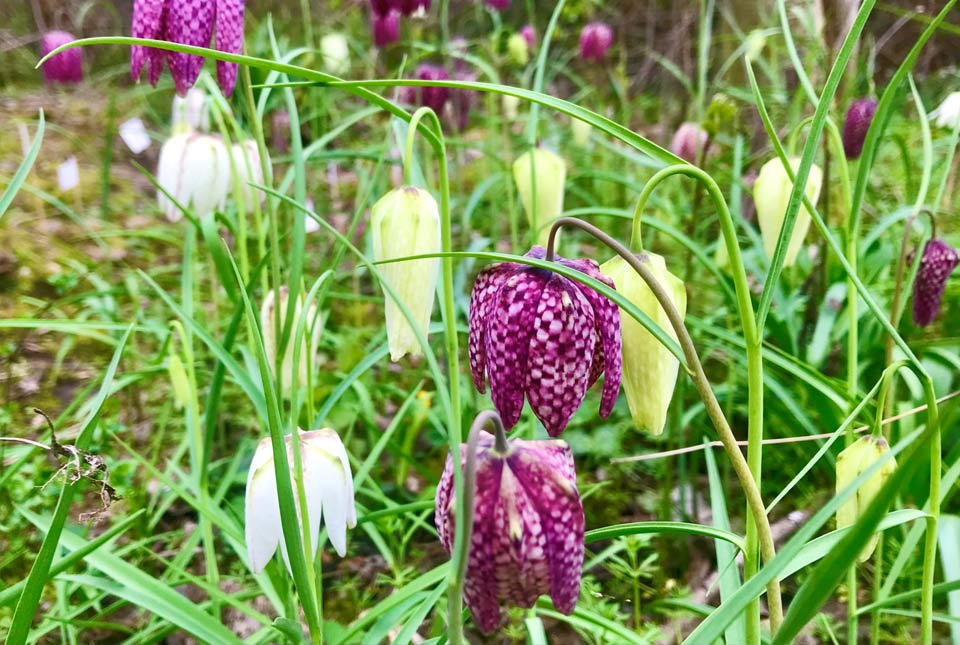
Fritillary flowers in the former caretaker’s garden. BGS © UKRI.
Welcoming our visitors
Our night camera has caught plenty of late-night visitors including a buzzard, sparrowhawks and hedgehogs. Other wildlife initiatives in the garden (and around the rest of site) include the installation of bird boxes, insect hotels and a toad hole, which is a hole dug in a shady spot and filled with rocks, which creates a damp, dark habitat perfect for various amphibians.
Holes cut into the new perimeter fence allow wildlife to pass through the estate, including hedgehogs, squirrels, shrew, rabbits and other small mammals.
Wildflowers and birds
Around the wider site, we are leaving 70 per cent of our lawns to grow over the summer months (‘no-mow’ areas) to promote wildflowers, which not only look lovely but provide food for pollinators such as bees to collect more nectar. The wildflowers include clover, buttercup, daisy, vetch, ox-eye daisy and our magnificent bee orchids. This spring we counted over 700 bee orchids on site and we are currently looking forward to seeing them flower in June.
We have also recently placed 10 bird-feeding stations around site and we regularly see blue tits, robins, dunnocks, blackbirds, long-tailed tits, sparrows and wood pigeons (to name the most common).
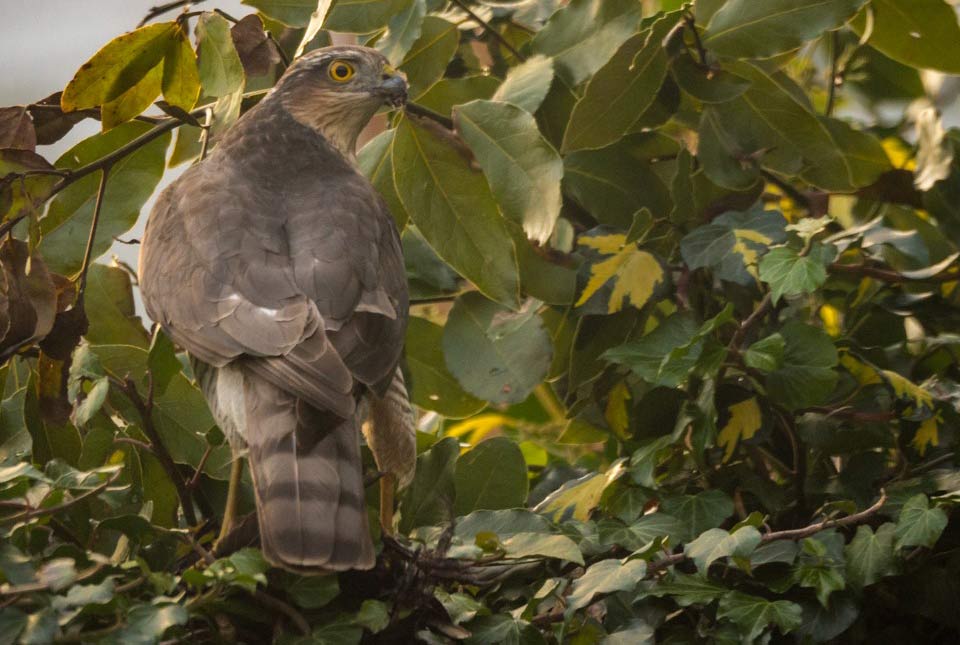
Our night camera has captured plenty of interesting visitors to the site, including the magnificent sparrowhawk. BGS © UKRI.
Plants along the Geological Walk
At the centre of the Keyworth site, a walk along the 130 m-long rock concourse takes you through geological time, starting with a three billion year old rock from the Scottish Highlands and moving chronologically through time to the last great ice age. We have recently added geologically relevant plants to the walkway, from the first vascular plants in the Devonian Period (more than 300 million years ago), represented by horsetails, to magnolias, one of the first flowering plants (around 20 million years ago). Pampas grass represents the first grasses and of particular note is a splendid monkey puzzle tree, which was common in the UK in the Jurassic Period.
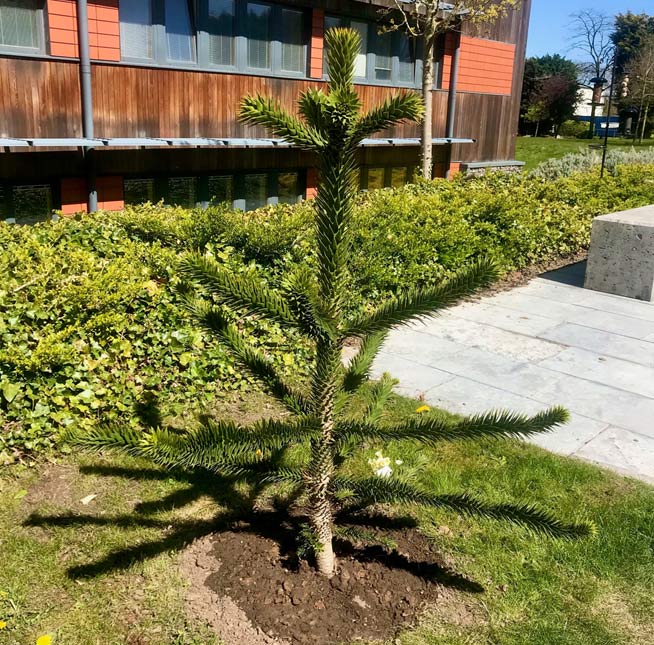
Geologically relevant plants have been added to the BGS Geological Walk through the Keyworth site, such as this monkey puzzle tree. This species was common in the UK during the Jurassic Period. BGS © UKRI.
In the future
During the year ahead we will be engaging with local wildlife groups so we can document and monitor our wildlife, hopefully adding more night-time cameras and undertaking mammal, bird and insect surveys. We will be increasing the numbers of bird and bat boxes on site and planting more native deciduous and berry- or fruit-bearing trees.
If you are interested in getting back to nature this summer why not consider taking part in the Wildlife Trust’s #30DaysWild challenge, running throughout June?
About the author

Prof Melanie Leng
BGS Chief Scientist, environmental change, adaptation and resilience
Relative topics
Latest blogs
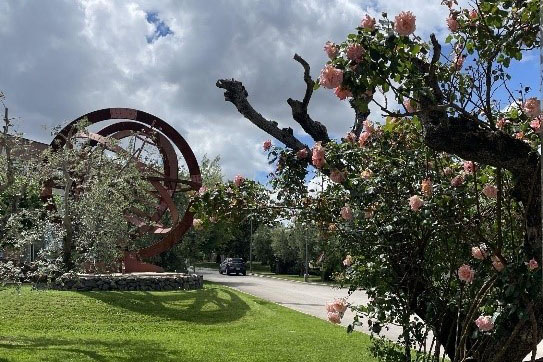
AI and Earth observation: BGS visits the European Space Agency
02/07/2025
The newest artificial intelligence for earth science: how ESA and NASA are using AI to understand our planet.
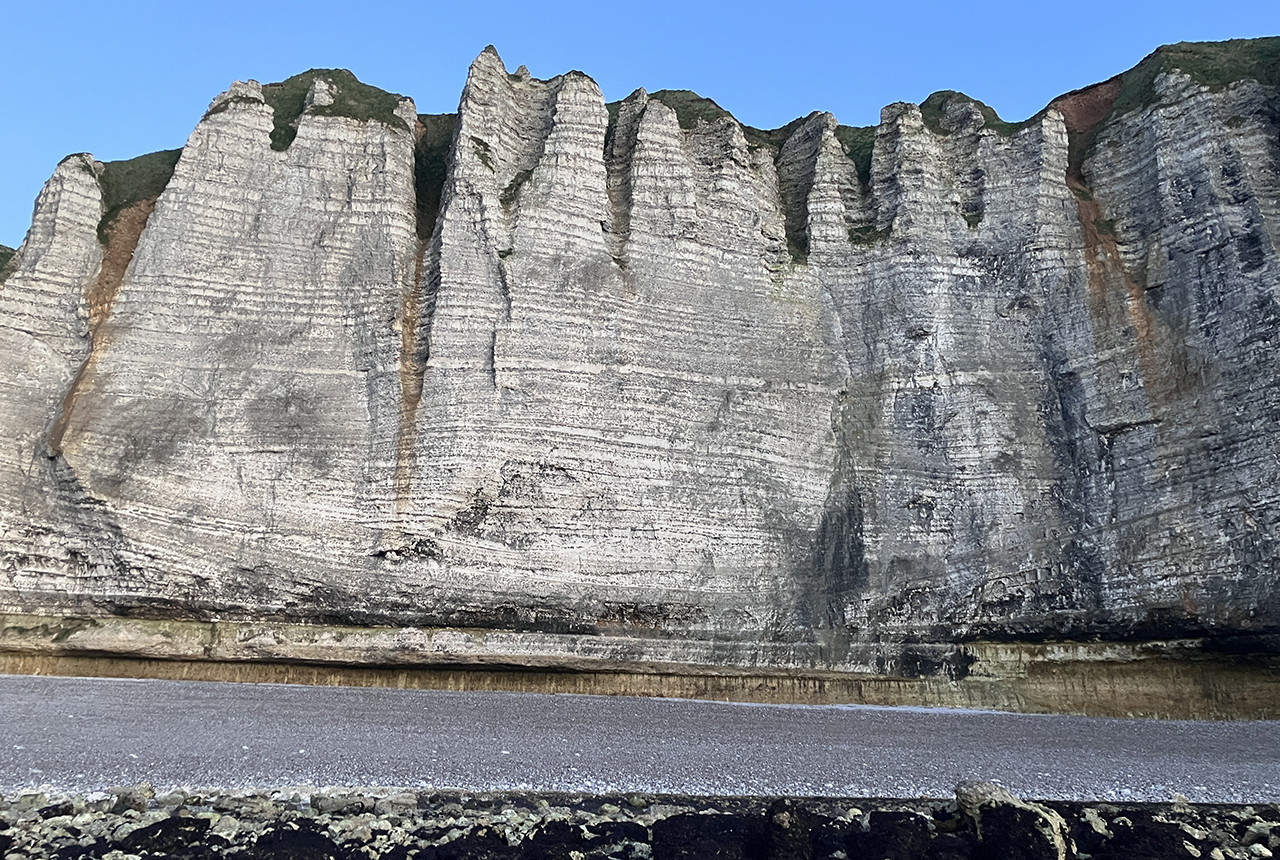
Geology sans frontières
24/04/2025
Geology doesn’t stop at international borders, so BGS is working with neighbouring geological surveys and research institutes to solve common problems with the geology they share.
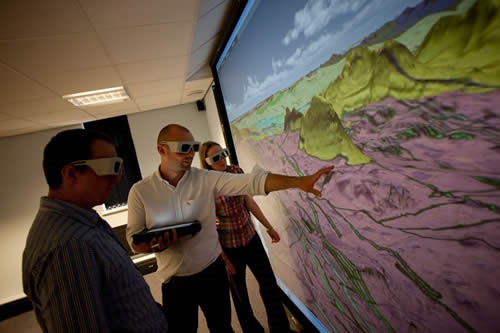
Celebrating 20 years of virtual reality innovation at BGS
08/04/2025
Twenty years after its installation, BGS Visualisation Systems lead Bruce Napier reflects on our cutting-edge virtual reality suite and looks forward to new possibilities.
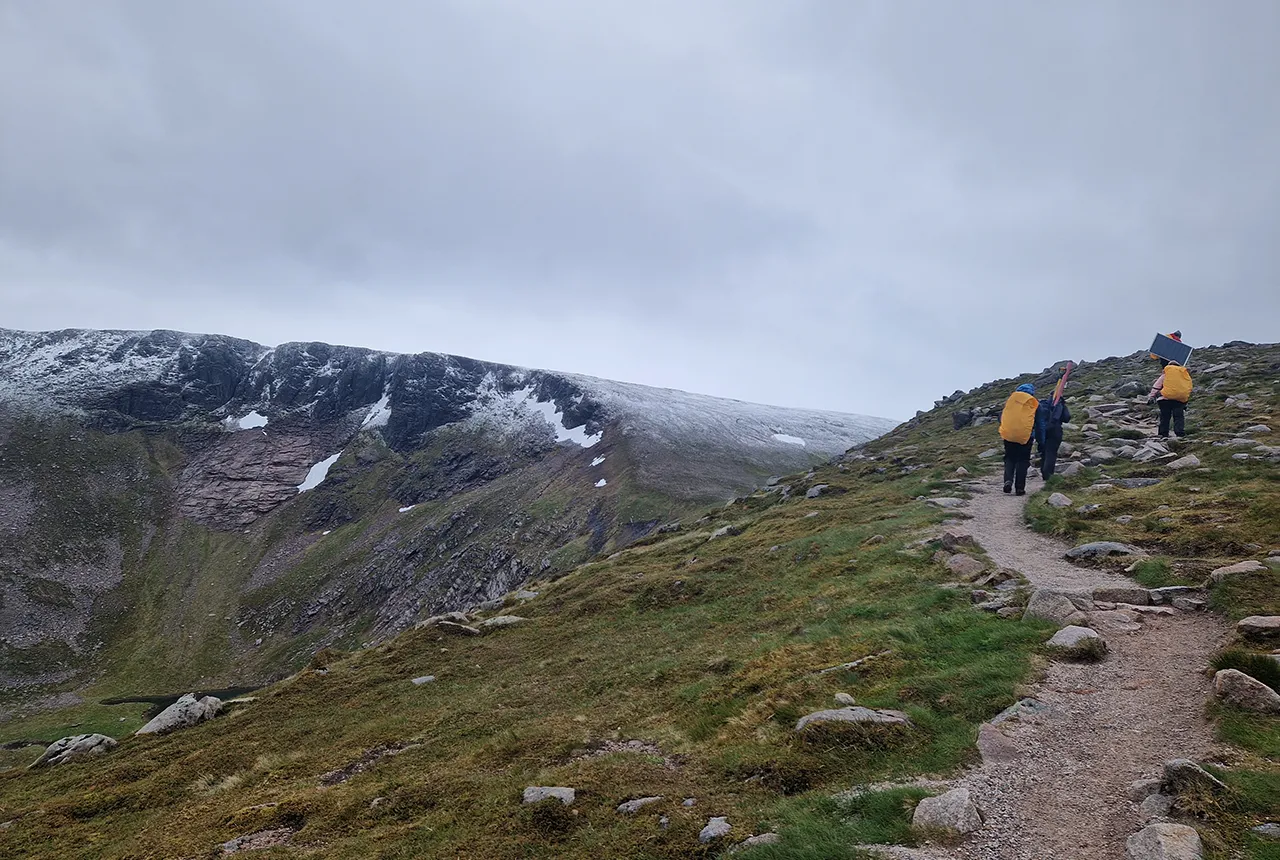
Exploring Scotland’s hidden energy potential with geology and geophysics: fieldwork in the Cairngorms
31/03/2025
BUFI student Innes Campbell discusses his research on Scotland’s radiothermal granites and how a fieldtrip with BGS helped further explore the subject.
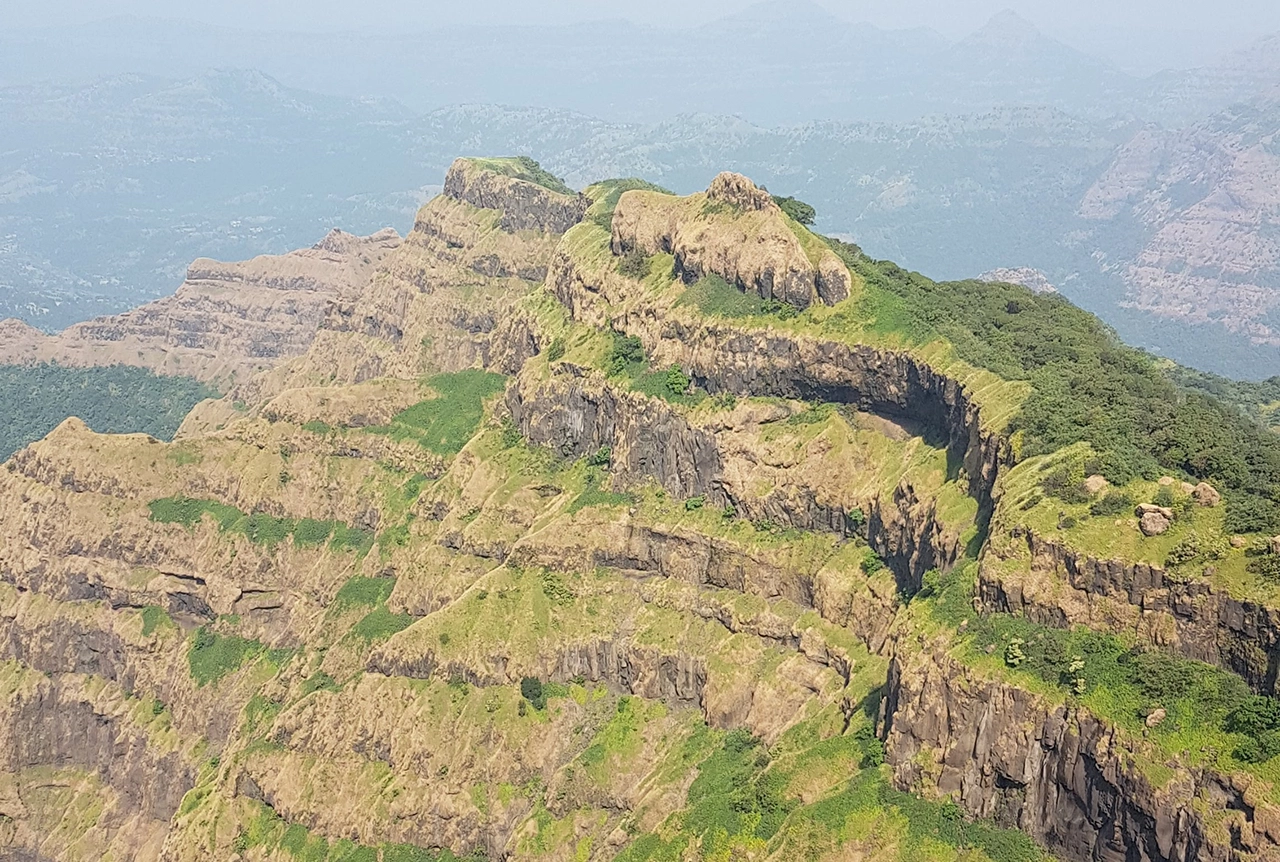
Could underground disposal of carbon dioxide help to reduce India’s emissions?
28/01/2025
BGS geologists have partnered with research institutes in India to explore the potential for carbon capture and storage, with an emphasis on storage.
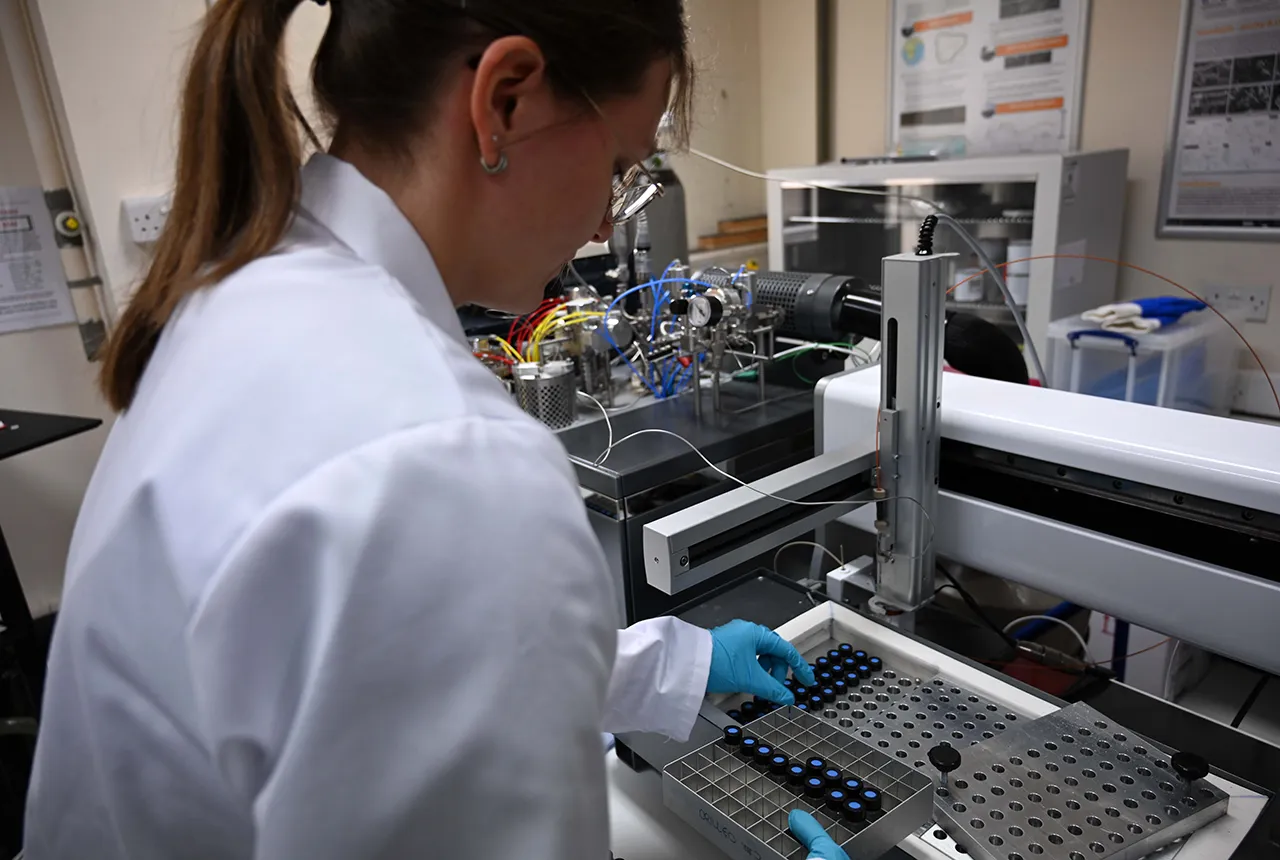
Carbon and oxygen isotope analysis of carbonates and the development of new reference materials
18/12/2024
Dr Charlotte Hipkiss and Kotryna Savickaite explore the importance of standard analysis when testing carbon and oxygen samples.
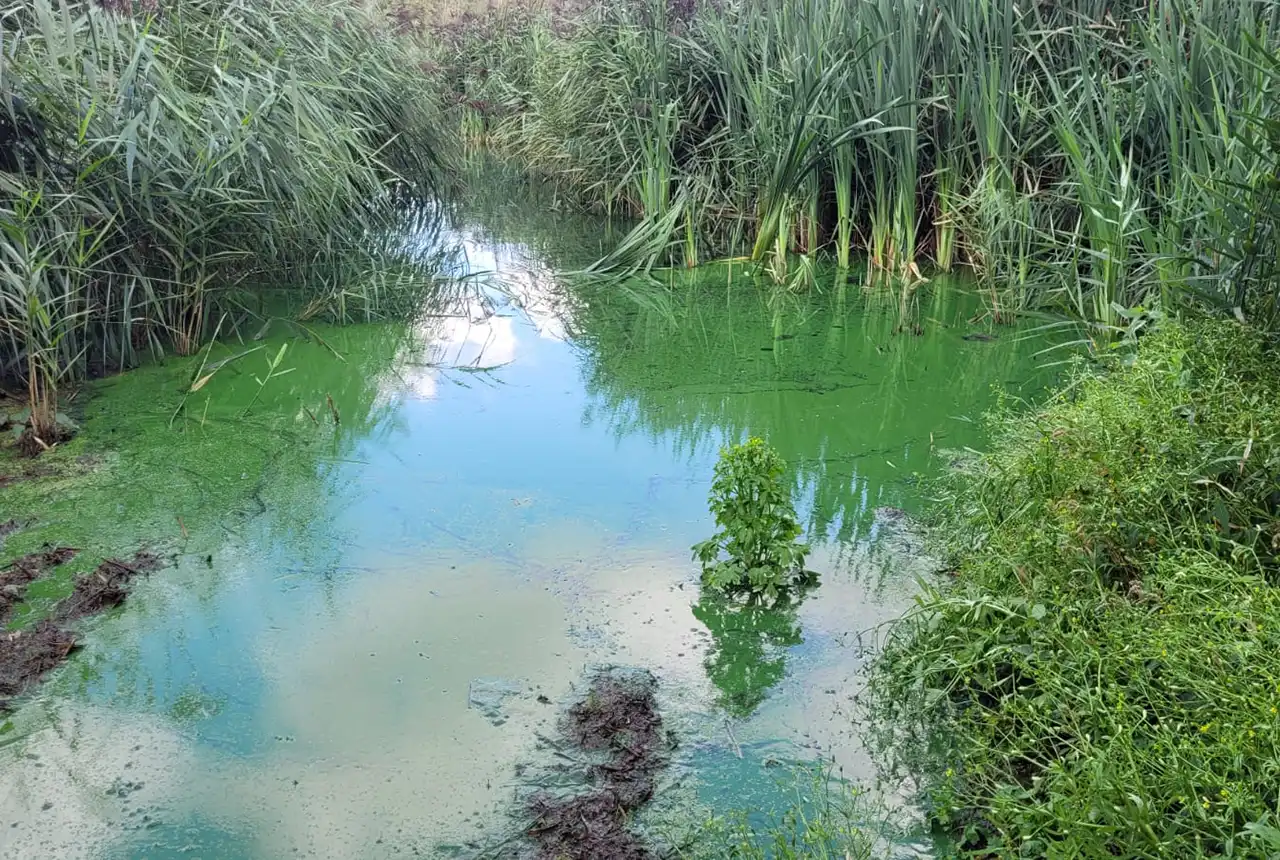
Studying oxygen isotopes in sediments from Rutland Water Nature Reserve
20/11/2024
Chris Bengt visited Rutland Water as part of a project to determine human impact and environmental change in lake sediments.
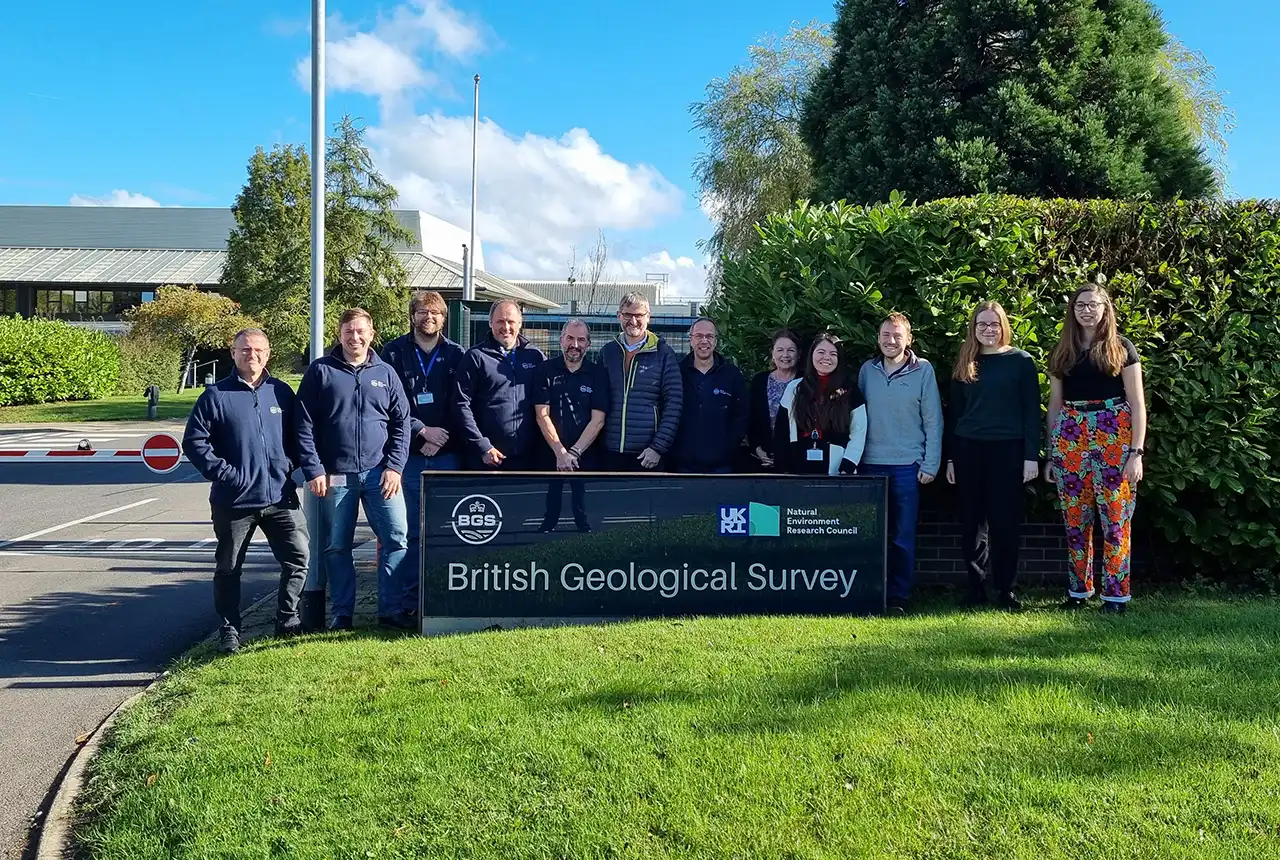
Celebrating 25 years of technical excellence at the BGS Inorganic Geochemistry Facility
08/11/2024
The ISO/IEC 17025 accreditation is evidence of technical excellence and reliability, and a mark of quality assurance.
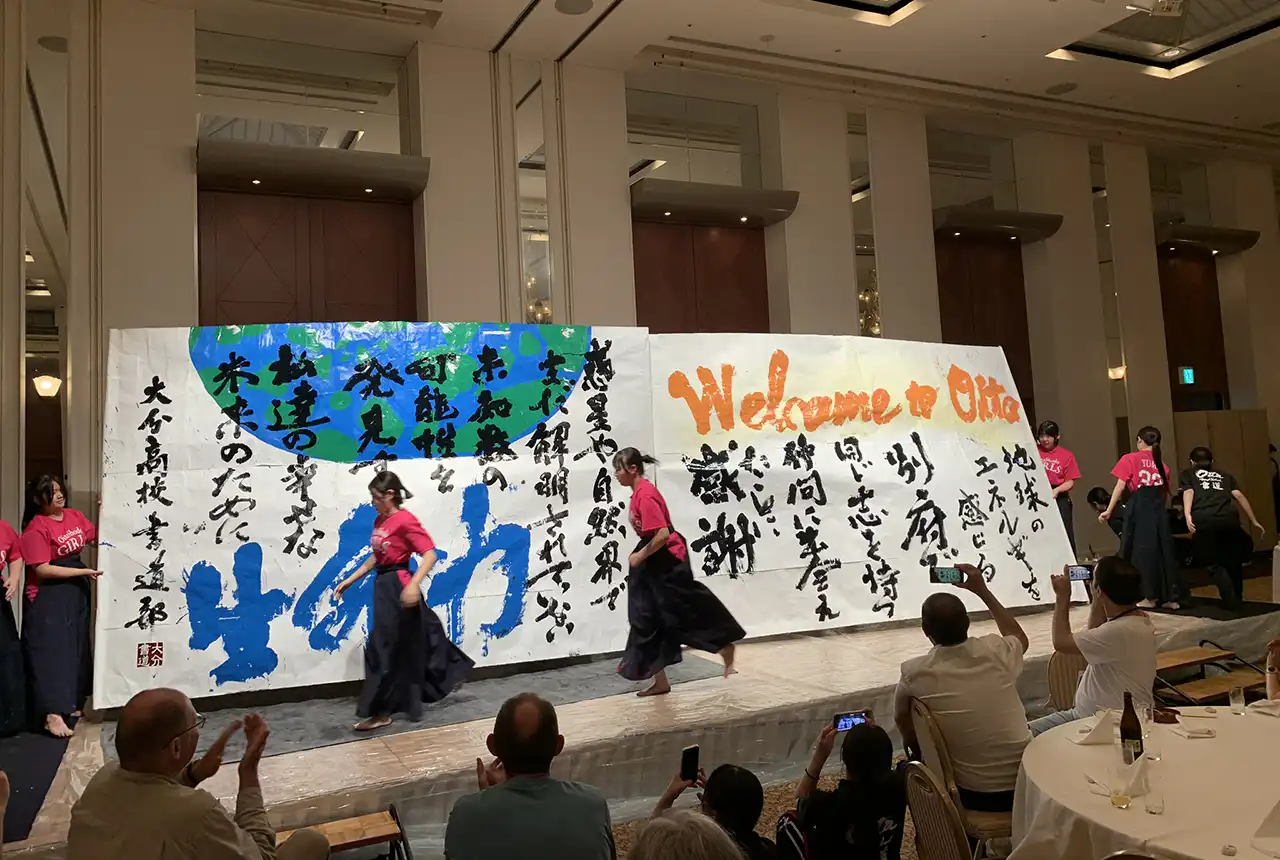
Electromagnetic geophysics in Japan: a conference experience
23/10/2024
Juliane Huebert took in the fascinating sights of Beppu, Japan, while at a geophysics conference that uses electromagnetic fields to look deep into the Earth and beyond.
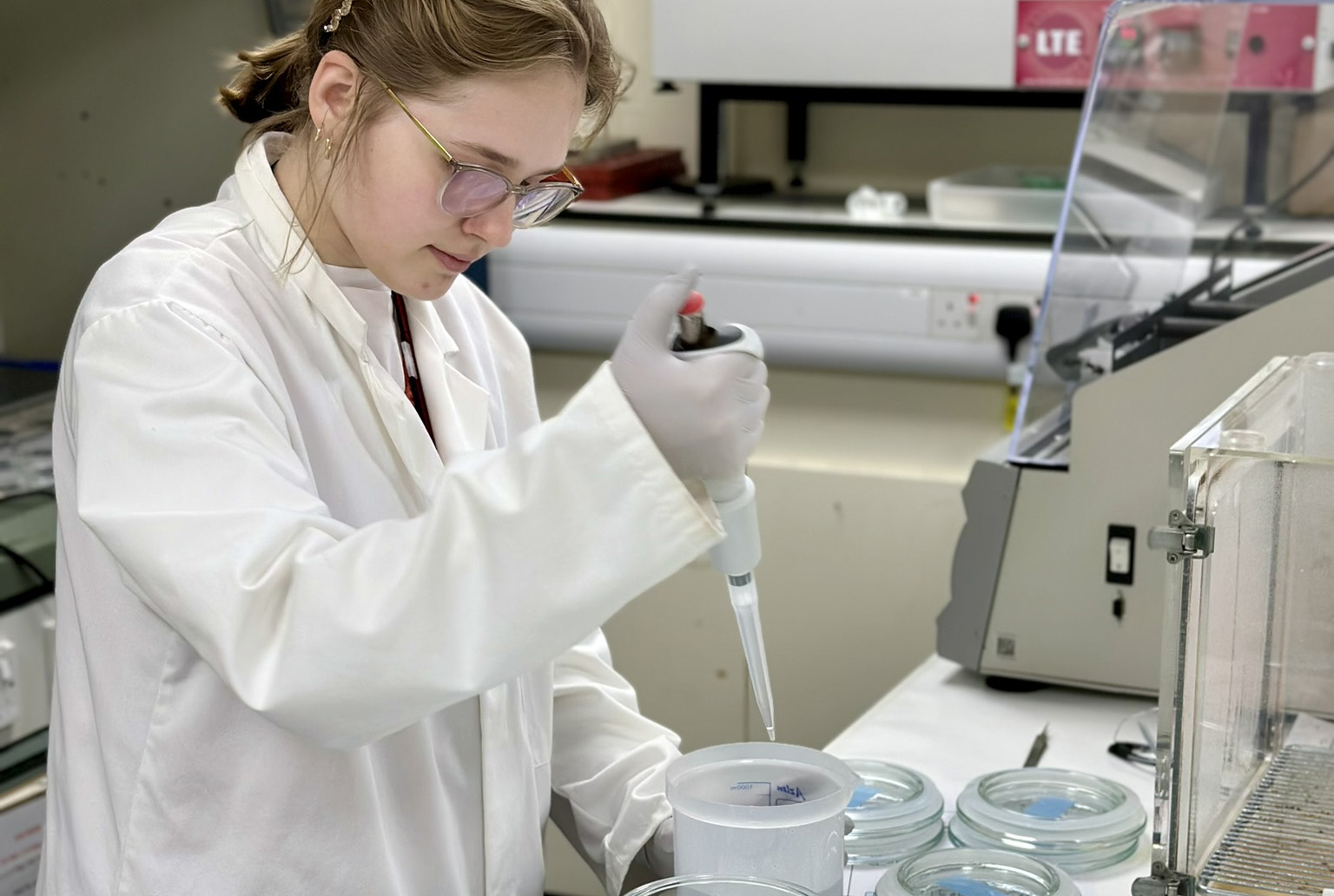
Exploring the role of stable isotope geochemistry in nuclear forensics
09/10/2024
Paulina Baranowska introduces her PhD research investigating the use of oxygen isotopes as a nuclear forensic signature.
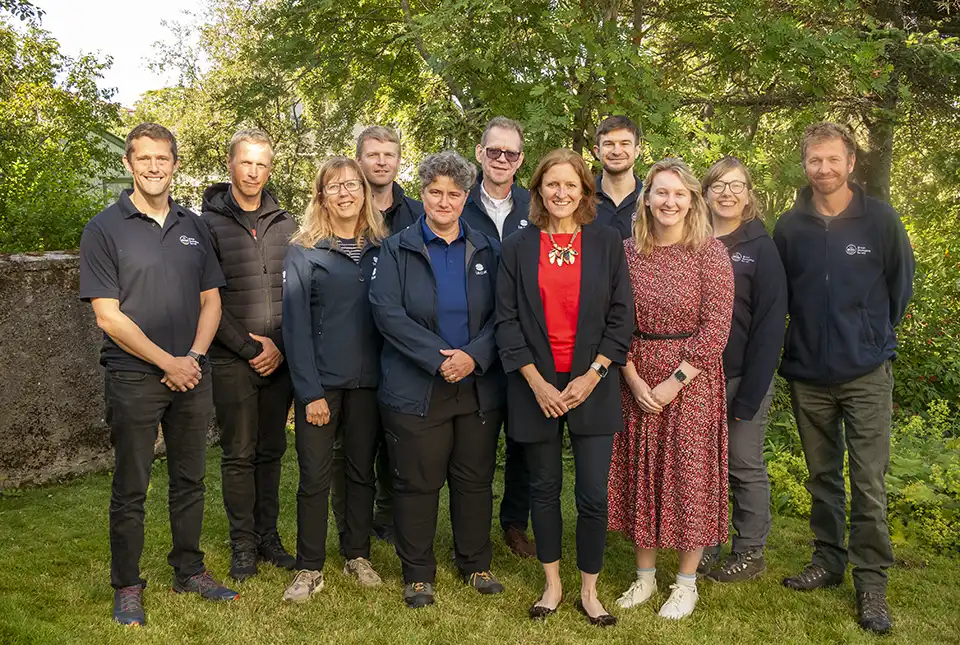
BGS collaborates with Icelandic colleagues to assess windfarm suitability
03/10/2024
Iceland’s offshore geology, geomorphology and climate present all the elements required for renewable energy resources.
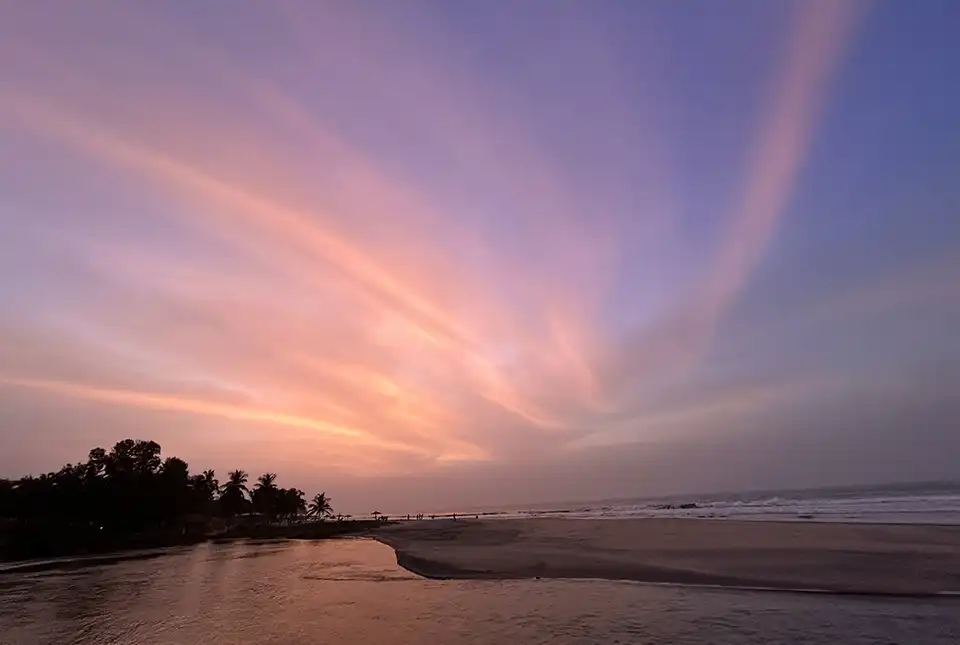
Mining sand sustainably in The Gambia
17/09/2024
BGS geologists Tom Bide and Clive Mitchell travelled to The Gambia as part of our ongoing work aiming to reduce the impact of sand mining.




